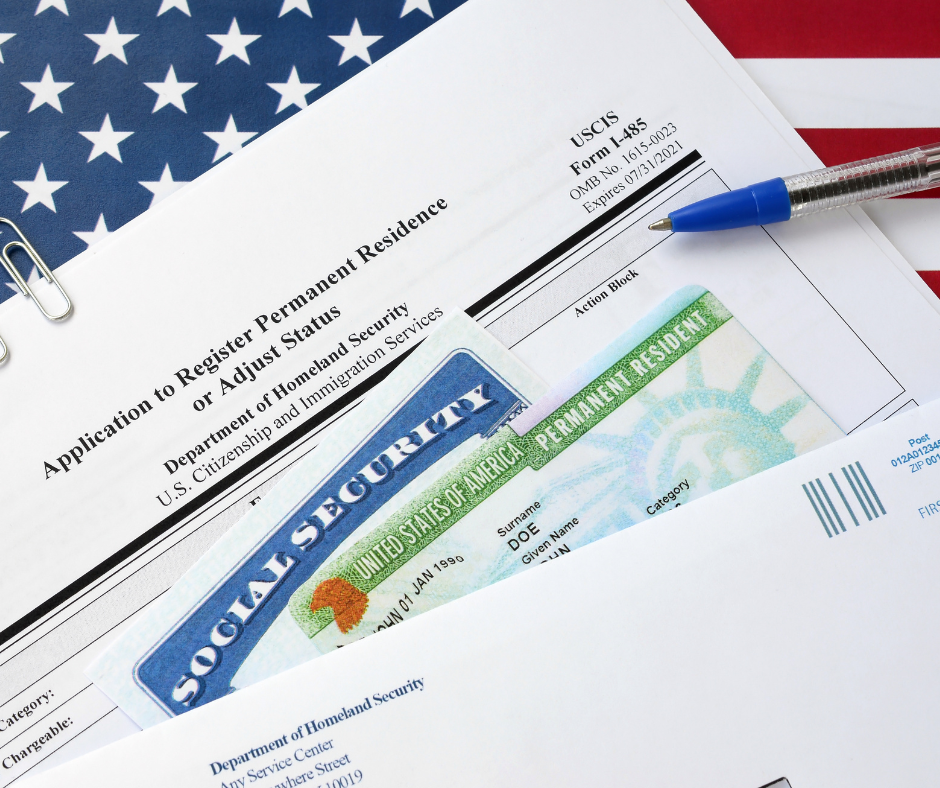Aspiring investors seeking to obtain an EB-5 visa often have questions about the required investment amounts. In this article, we will delve into the details of EB-5 visa investments and explore the key differences between the two investment thresholds. Understanding these distinctions will help you navigate the path to U.S. residency successfully.
What is the EB-5 Visa? The EB-5 visa program provides a pathway to permanent residency in the United States for foreign investors who make a substantial investment in a qualifying U.S. commercial enterprise. By investing in the U.S. economy, individuals can potentially create job opportunities while also fulfilling their immigration goals.
Investment Amounts
To be eligible for the EB-5 visa, investors must invest in a “new commercial enterprise.” The standard investment amount required is at least $1,050,000. However, an investor may qualify for a reduced investment of $ $800,000 if the investment is made in a “targeted employment area” (TEA). Let’s explore the key distinctions between these two investment thresholds.
Standard Investment Amount ($1,050,000): Investors who choose to invest $$1,050,000 in a new commercial enterprise can pursue their EB-5 visa application. This investment amount is applicable to all projects that do not fall within a targeted employment area. By investing this higher amount, investors have flexibility in choosing the geographic location for their investment project.
Reduced Investment Amount ($800,000) in a Targeted Employment Area (TEA): Investors who invest $800,000 in a new commercial enterprise located in a targeted employment area can benefit from a reduced investment threshold. A targeted employment area refers to a location with high unemployment or a rural area. This reduced investment option aims to incentivize investment in areas that require economic stimulation. By opting for this option, investors can access the benefits of the EB-5 program while committing a lower capital investment.
Defining a Targeted Employment Area:
A targeted employment area is determined based on specific criteria. Firstly, an area with high unemployment must exhibit an unemployment rate of at least 150% of the national average. Secondly, a rural area is defined as a location not within a metropolitan statistical area (MSA) and lacking a city or town with a population exceeding 20,000. Understanding the requirements for a targeted employment area can help investors identify eligible investment opportunities.
Investing in a new commercial enterprise through the EB-5 visa program offers a unique opportunity for foreign investors to obtain U.S. residency. By understanding the investment thresholds and the differences between the standard and reduced investment amounts, investors can make informed decisions that align with their financial goals and immigration aspirations. Whether choosing to invest $$1,050,000 or the reduced amount of $800,000 in a targeted employment area, the EB-5 program opens doors to a promising future in the United States.



